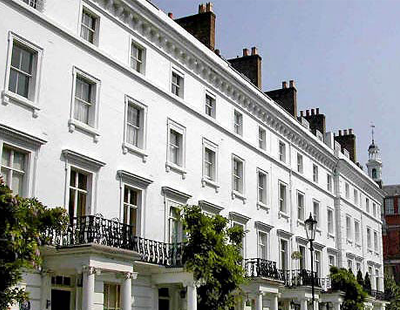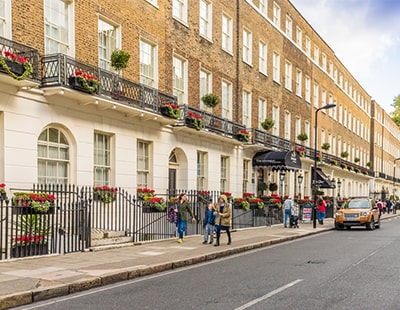The owners of some of London's most affluent homes have faced a number of challenges since the market crashed in 2007, when property prices across the capital plummetted as a consequence of the global financial crisis. What's more, they've also witnessed the largest adjustment in asking prices due to the impact from an uncertain market in Brexit limbo.
However, research by Yomdel.com has now analysed just how bad the damage is in the market (a market where even a small percentage drop in prices can mean big money) and if London’s high-end homeowners are in as much trouble as reported.
Kensington and Chelsea
The average house price in Kensington and Chelsea hit a low of £596,430 following the property market crash. However, prices have since then bounced back, with the average house price increasing by 138%, or £825,107 – enough to buy a private jet and still have over £44,000 left over.
Since Brexit, prices have increased 14.2%, equating to £177,186. This is enough to buy a house outright in Liverpool, Belfast, Dundee, Newcastle, Sheffield, Swansea and a number of other areas in the UK.
Islington
At its worst, prices in Islington fell to £326,811 during the crash, but has recorded growth of 102% since – enough to buy a luxury yacht.
Since Brexit, however, the increase of just £29,357 means that Islington homeowners may have to settle for something a bit smaller.
Hammersmith, Fulham and Westminster
Since June 2016 in Hammersmith and Fulham, the average house price has fallen by 7.3% (or £56,443) – the total cost of a brand-new Land Rover. Meanwhile, Westminster has also witnessed prices fall by 4.6% since Brexit, which equates to £46,296 or a brand-new, state of the art kitchen and a Louis Vuitton handbag.
On the bright side, homeowners in all three areas have seen prices increase since their 2009 slump. The £313,314 (76.6%) rise in Hammersmith is enough for two Bentley Continental GTs, while the £468,603 (93.3%) jump in Westminster is enough for a Lamborghini Aventador, a helicopter and a Harley Davidson.
“The top end of the market is always the first to slow in tough market conditions as even a 5% drop in prime central London equates to a far greater financial loss than other areas of the UK, and so buyers tend to tread more cautiously,” said growth expert and chief executive officer of Yomdel, Andy Soloman.
He said that the research shows that prime central London has the same regional differences as the wider market and not everyone is out of pocket.
“While we often read about percentage drops and growth trends, we thought we would reassure the general public that the top end of the London market hasn’t completely frozen over, by putting the changes in house price movements into more relatable terms.”








.png)

.jpg)








Join the conversation
Be the first to comment (please use the comment box below)
Please login to comment